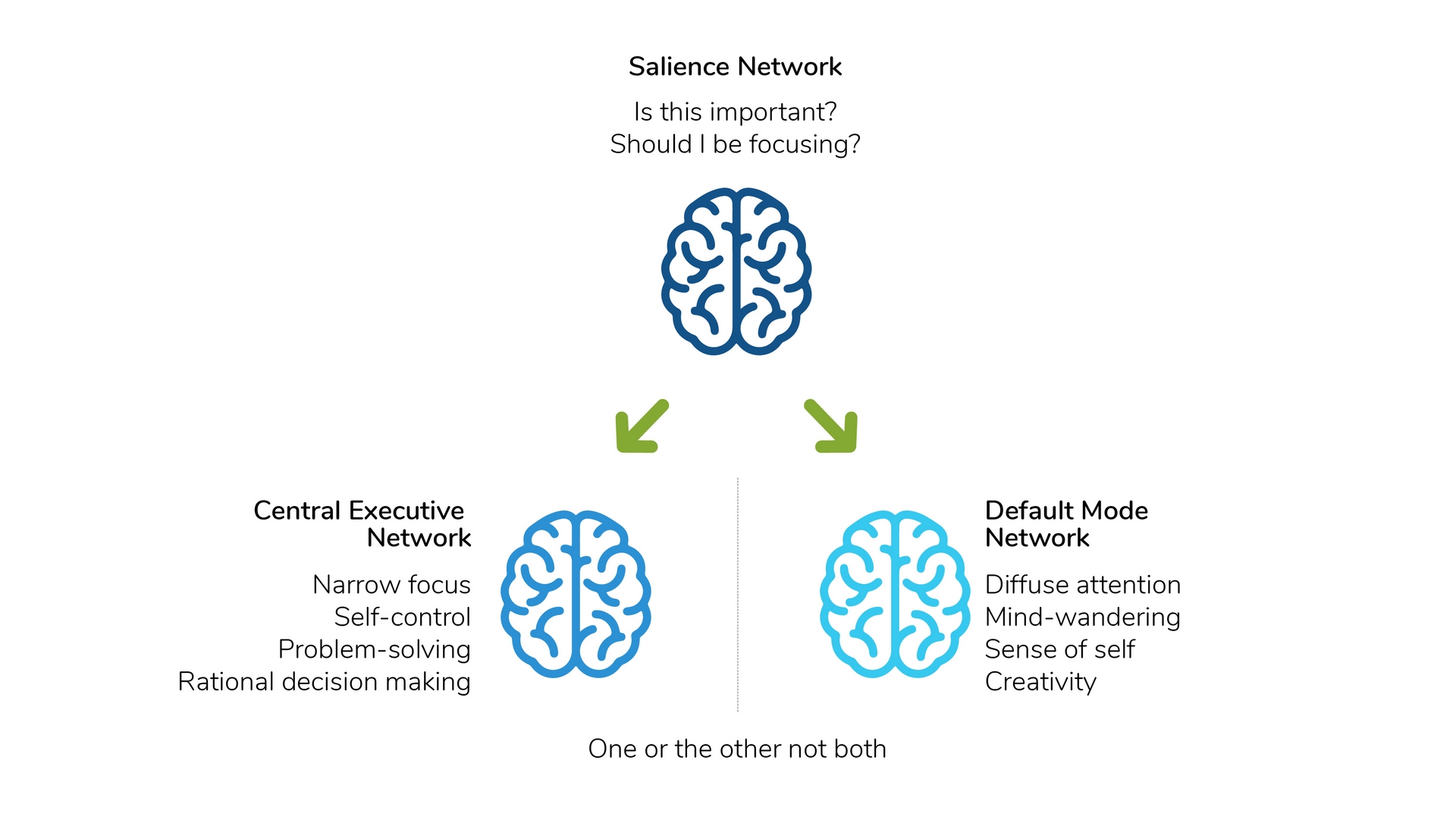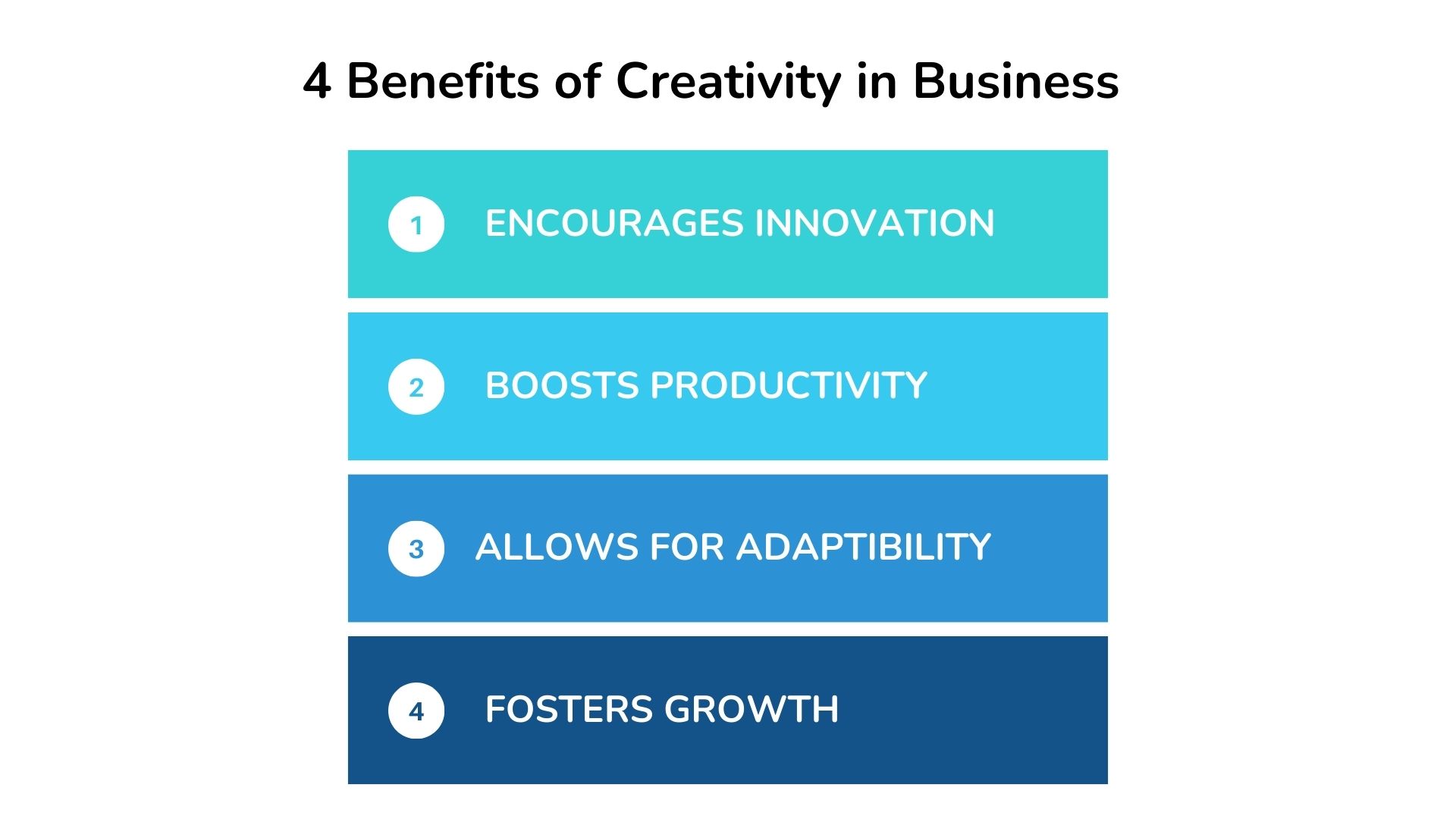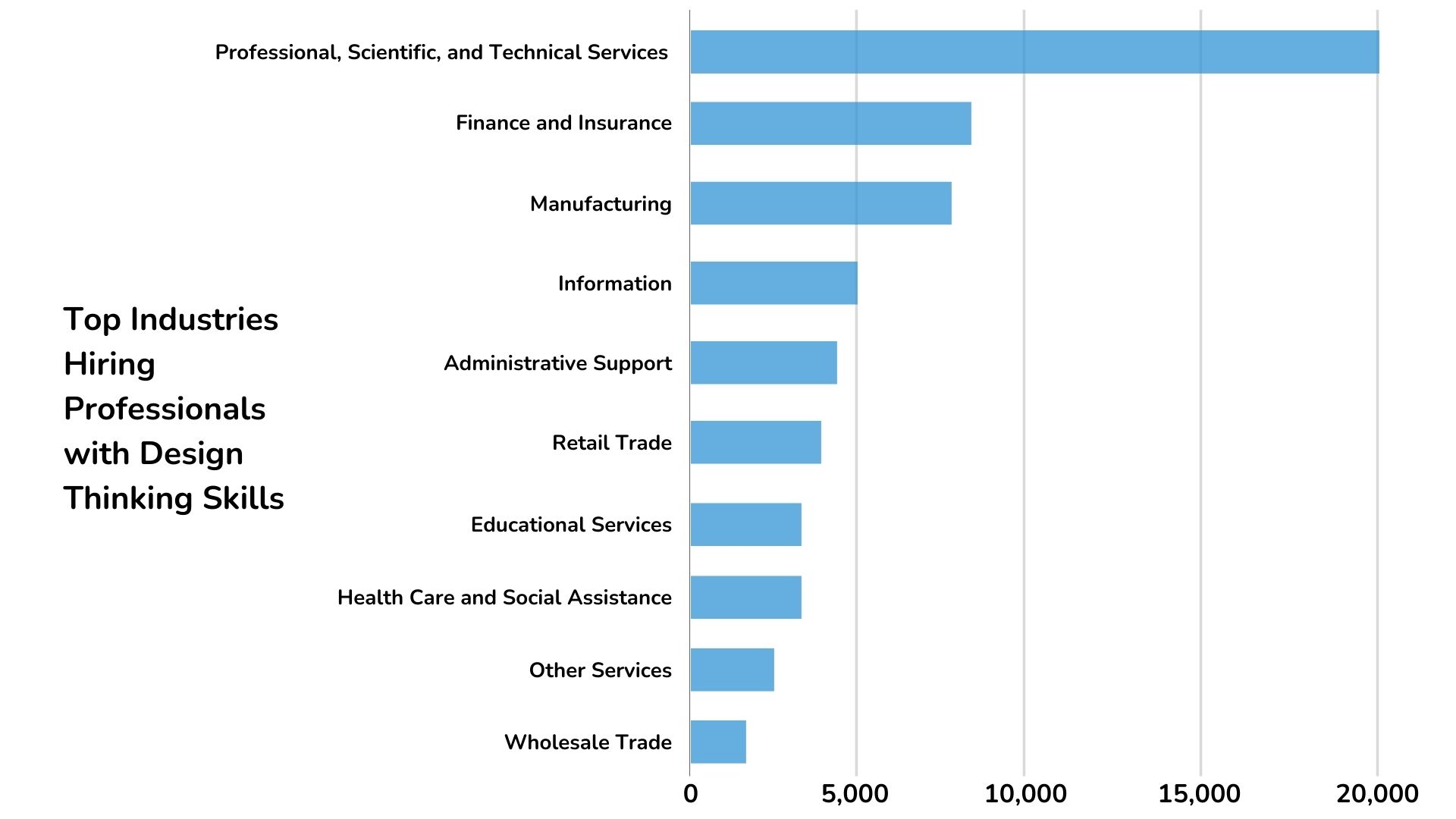Imagine a bustling office where a project team stuck on a challenging problem suddenly experiences a breakthrough. This moment of creativity, sparked not just by talent but by a cultivated potential, exemplifies John R. Hayes's view of creativity as an ability to produce creative output.(1)

Creativity or creative thinking refers to generating new and innovative ideas, concepts, or solutions by breaking away from traditional thought patterns and connecting seemingly unrelated concepts. It involves approaching problems or challenges in a non-linear and unconventional way, often leading to unique and original outcomes. Creativity can manifest in various domains, such as science, art, literature, music, and technology. It can take many forms, from a scientific breakthrough to a painting, an invention, and a poem.
Assess your personality
Start assessment

However, despite its obvious importance, how creativity manifests still needs to be fully understood. In this blog, we will explore the concept of creativity and the psychological processes that underlie it.




